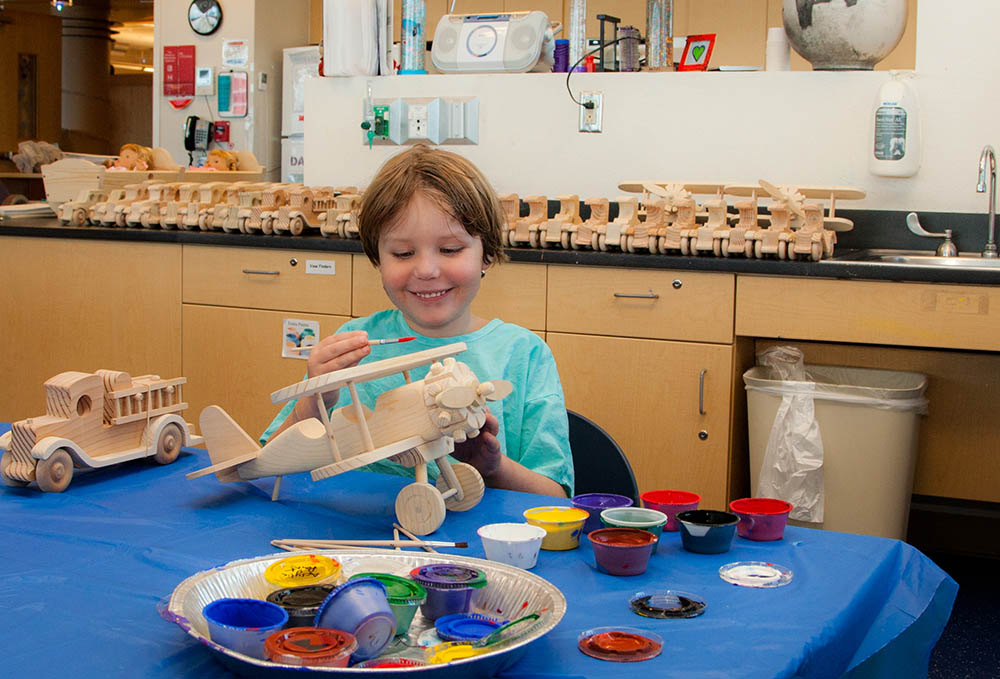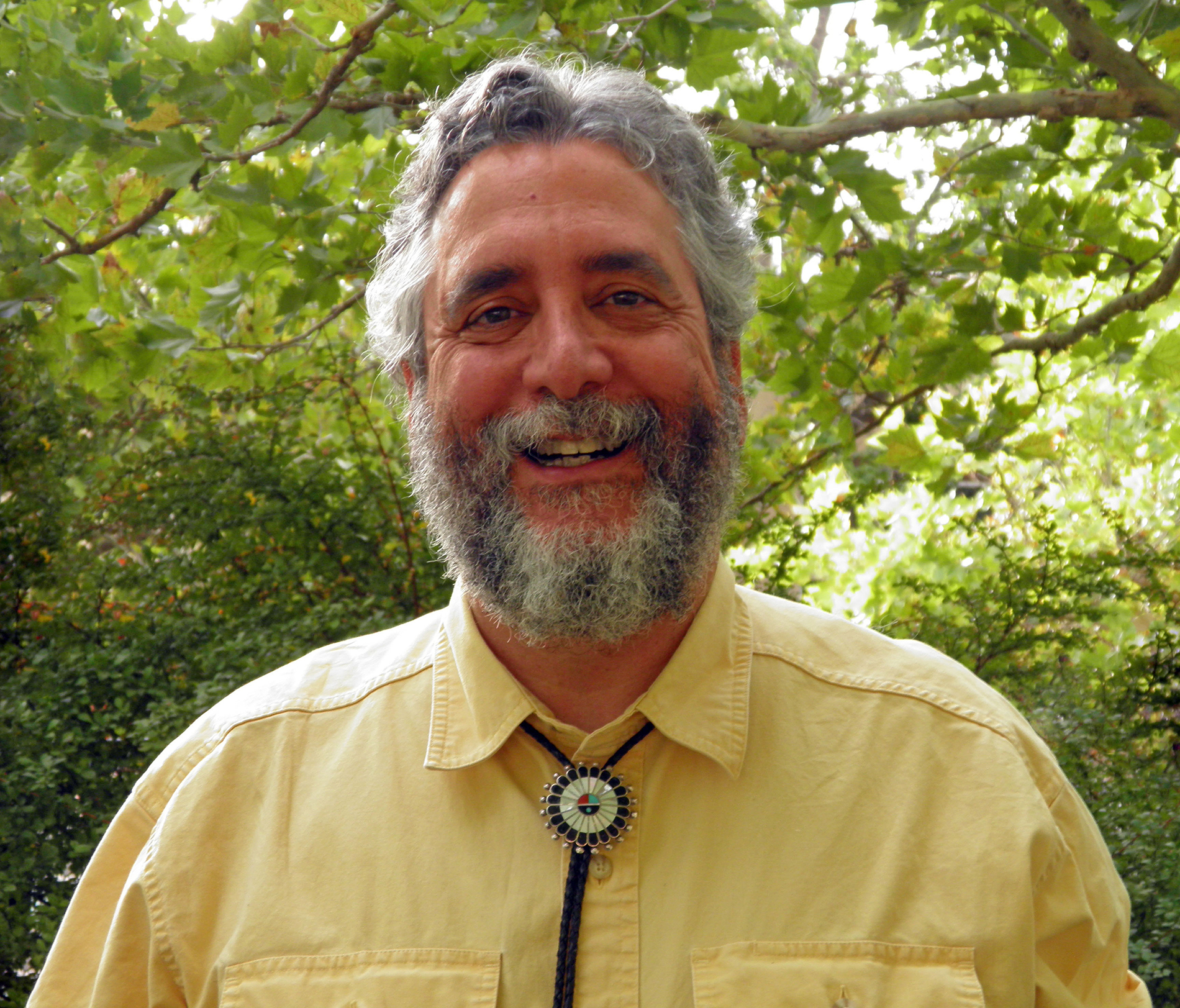Preparing for Disaster: UNM Hospital Participates in Region-Wide Emergency Training

Core Questions
UNM Health Sciences Joins Large National Study of Early Childhood Development
University of New Mexico Health Sciences researchers are joining an ambitious first-of-its-kind national study of childhood development that ranges from pregnancy to the cusp of adolescence.
The UNM team is partnering with colleagues at the Mind Research Network (MRN) to participate in the HEALthy Brain and Child Development (HBCD) Study, funded by a five-year, $5.5 million grant from the National Institutes of Health, which will recruit a cohort of between 6,000 and 8,000 mother-child pairs and follow the children from birth through early childhood.
The study hopes to establish a template for normative neurological development and gain insight into how prenatal and early childhood exposures to various substances and environments might adversely affect outcomes, said Ludmila Bakhireva, MD, PhD, MPH, professor and director of the UNM Substance Use Research and Education Center at the UNM College of Pharmacy.
She is contact principal investigator on the study, in which Larry Leeman, MD, MPH, professor in the Department of Family & Community Medicine and medical director of UNM’s Milagro Clinic for substance use during pregnancy, serves as dual principal investigator.
UNM is one of 25 institutions participating as a research site in the NIH consortium. The UNM team plans to follow more than 300 New Mexico families for at least a decade following recruitment, she said.
“The protocol will include assessment of family environment, including social factors that received relatively little attention in the past, such as stigma, food and housing insecurity, structural racism, historical and inter-generational trauma, caregiver mental health, family organization, child enrichment experiences and access to early interventions,” Bakhireva said.
Children participating in the study will undergo regular neurodevelopmental and behavioral assessments, which will include magnetic resonance imaging (MRI) and electroencephalography (EEG), as well as collection of biospecimens, she said.
UNM’s role is significant because the state’s high rate of childhood poverty, marked racial and ethnic health disparities and longstanding substance use problems will provide a window into how these factors shape child development, Leeman said.

We’re very different than a lot of states in having a rural population and a multicultural focus. This should provide essential information over time for pregnant women and for clinicians trying to understand the effects of exposures.
“We’re really happy that New Mexico is included,” Leeman said. “We’re very different than a lot of states in having a rural population and a multicultural focus. This should provide essential information over time for pregnant women and for clinicians trying to understand the effects of exposures.”
The New Mexico team has expertise in the recruitment and retention of pregnant women, neurodevelopmental, neuroimaging and behavioral assessments of young children, working with patients with substance use disorders, assessment of pre-and post-natal environment, bio-sampling and ethical/legal issues involving special populations.
As one of the most ethnically and culturally diverse sites, the New Mexico arm of the project will include Spanish-English bilingual study coordinators. “We are also working closely with the UNM Native American Health Institute to recognize and incorporate specific cultural background values and needs into the study protocol,” Bakhireva said.

Because the infant brain changes so rapidly during the first three years of life, the plan is to have more frequent assessments during the first few years, so we can identify the crucial windows most susceptible to interventions.
Recruitment of the New Mexico cohort will be staggered over three years, starting in spring or summer of 2022, she said. “Because the infant brain changes so rapidly during the first three years of life, the plan is to have more frequent assessments during the first few years, so we can identify the crucial windows most susceptible to interventions,” she said.
For ethical reasons, the researchers will work with community partners and peer support navigators to assist families in gaining access to medical services and resources based on their needs, Bakhireva said.
“We are relying on strong partnerships already in place and our expertise working with vulnerable populations to solicit community input into research materials, recruitment strategies and communication of study findings,” she said.
The UNM team members include associate professor Pilar Sanjuan, PhD, in the Department of Family & Community Medicine, associate professor James F. Cavanaugh, PhD, in the UNM Department of Psychology, Conrad Chao, MD, professor in the UNM Department of Obstetrics & Gynecology, and Eric Zimak, PhD, a UNM Hospital pediatric neuropsychologist.
The Mind Research Network will contribute its extensive neuroimaging capabilities to the project, according to Andrew Mayer, PhD, vice president of Interdisciplinary Science and an associate director of the study.
“New Mexico has long been a national leader in the use of cutting-edge neuroscientific techniques to better understand brain development in infants and children," Mayer said. "The wonderful diversity of our state, coupled with our unique scientific resources, will provide an unparalleled insight into how the brain rapidly changes during infancy.”
Additional MRN researchers include Arvind Caprihan, PhD, and child neurologist John Phillips, MD, an emeritus UNM professor who serves as MRN’s medical director.
UNM and MRN received a $542,000 grant award in 2019 for Phase I planning for the HBCD Study. Core protocols for Phase II will be developed in coming months, Bakhireva said.
Phase II will create a repository of data that will enable researchers to analyze brain development in substance-exposed and non-drug-exposed infants and children across a variety of regions and demographics, according to the NIH, and the data may also be leveraged for urgent health needs, such as the current impact of the COVID-19 pandemic on development, or future health and environmental crises.
The HEALthy Brain and Child Development (HBCD) Study will establish a large cohort of pregnant people and follow them and their children for at least 10 years. Findings from this cohort will provide a template of normative neurodevelopment in order to assess how prenatal and perinatal exposures to substances and environments may alter developmental trajectories. This research infrastructure can also be leveraged for urgent health needs, such as the current impact of the COVID-19 pandemic on development, or future health and environmental crises.
The longitudinal study will collect data on pregnancy and fetal development; infant and early childhood structural and functional brain imaging; anthropometrics; medical history; family history; biospecimens; and social, emotional and cognitive development. Knowledge gained from this research will help identify factors that confer risk or resilience for known developmental effects of prenatal and postnatal exposure to certain drugs and environmental exposures, including risk for future substance use, mental disorders, and other behavioral and developmental problems.
This award is part of the Phase II HBCD Study, in which a fully integrated, collaborative infrastructure will support the collection of a large dataset that will enable researchers to analyze brain development in opioid-exposed and non-drug-exposed infants and children across a variety of regions and demographics.
HBCD is funded by 10 institutes and offices at the National Institutes of Health, and the Helping to End Addiction Long-termSM Initiative, or NIH HEAL InitiativeSM, and is led by the National Institute on Drug Abuse.